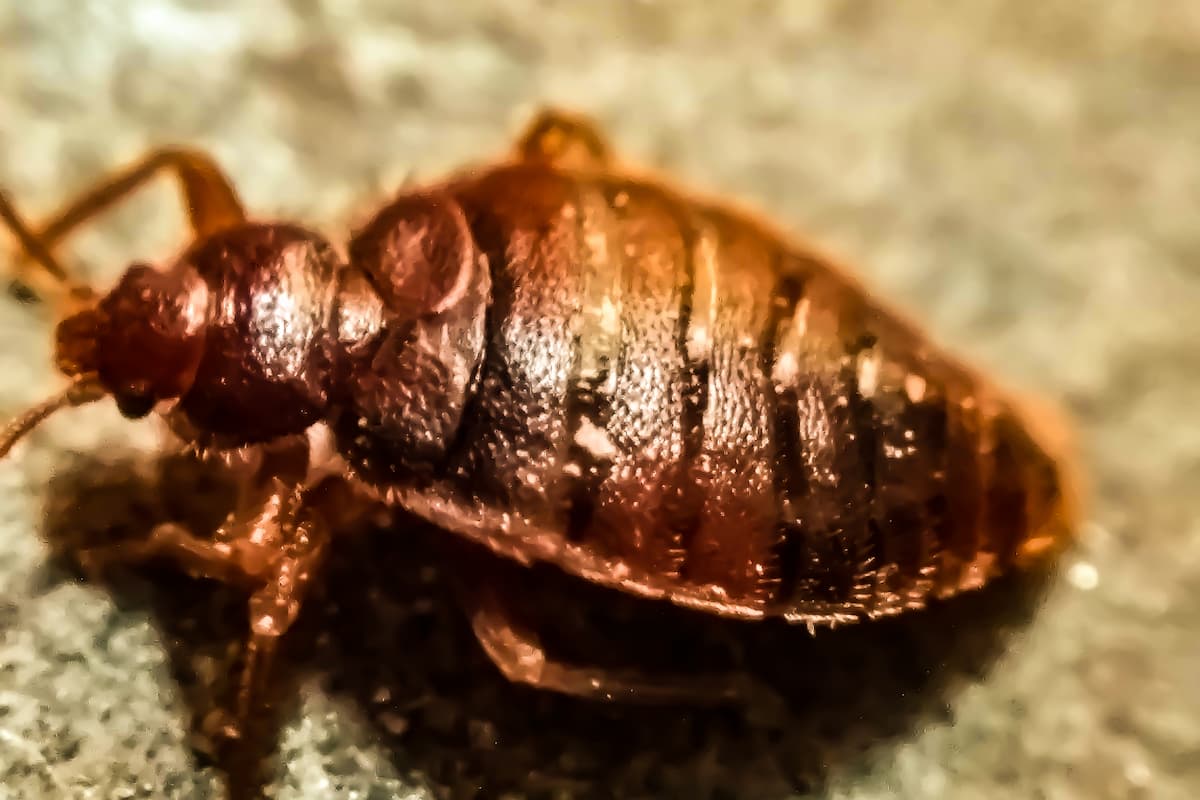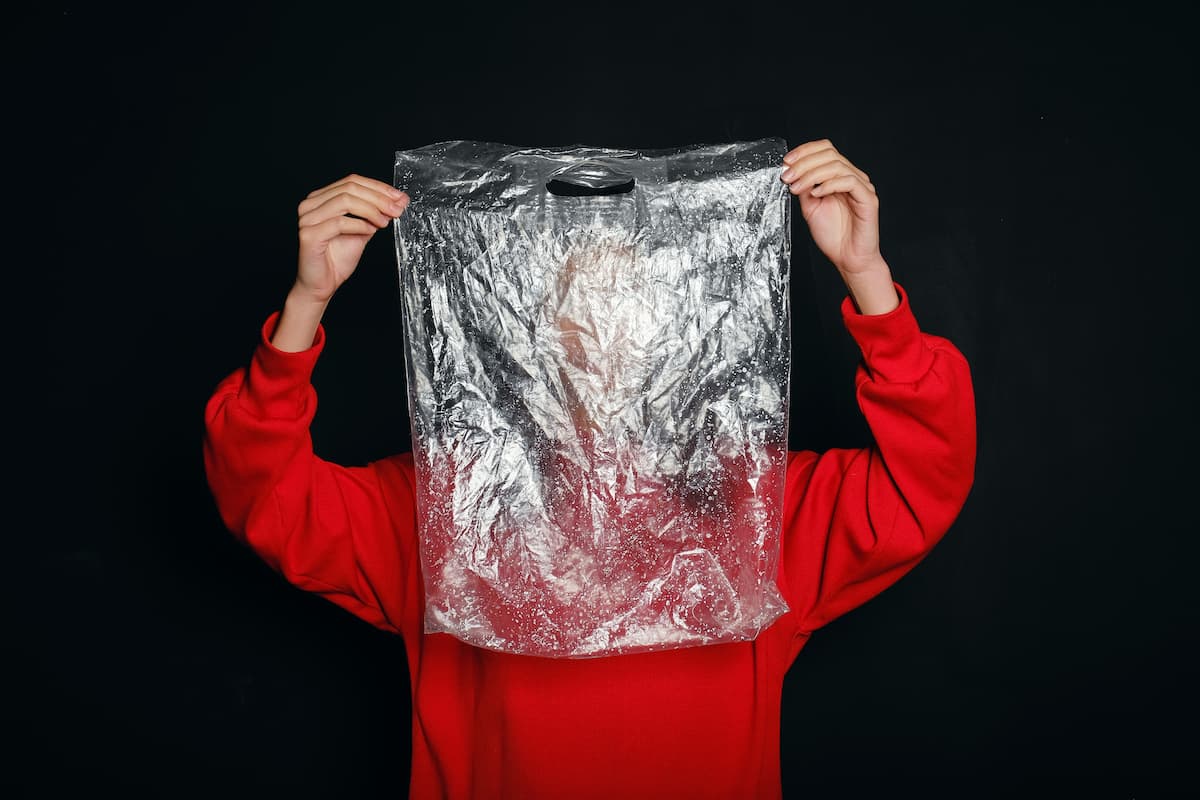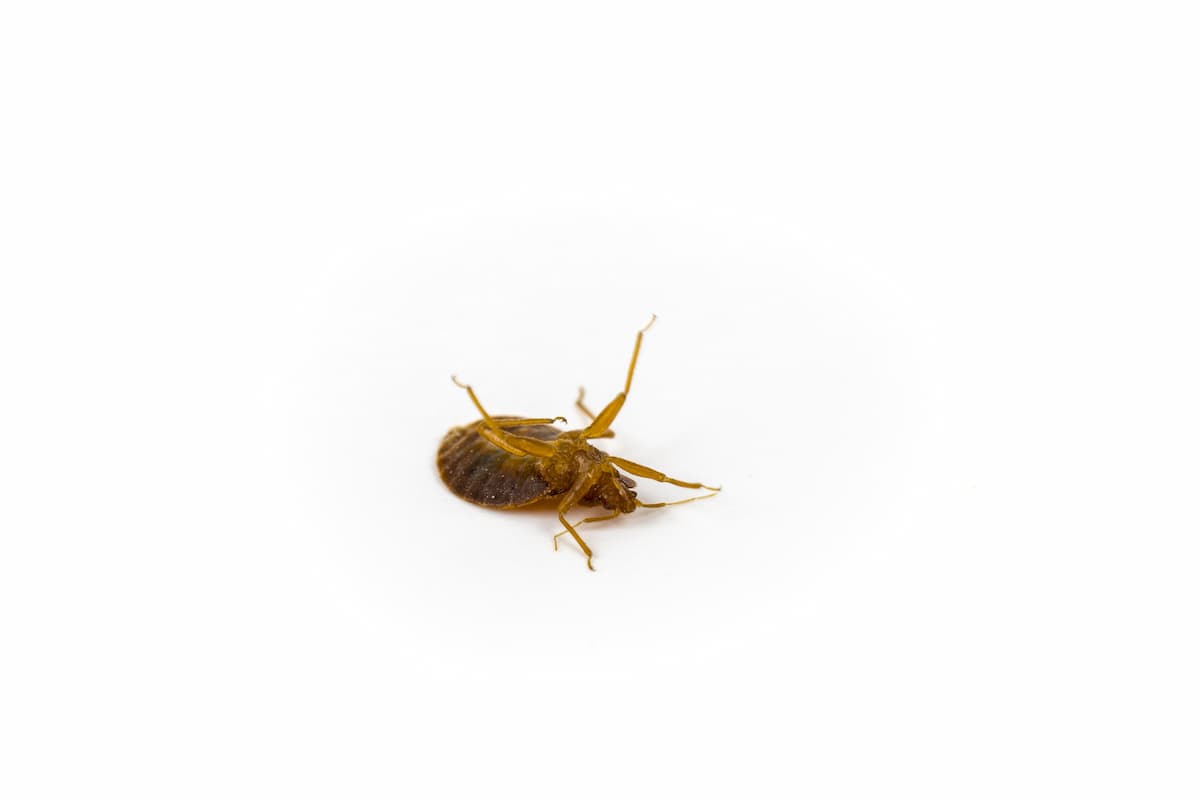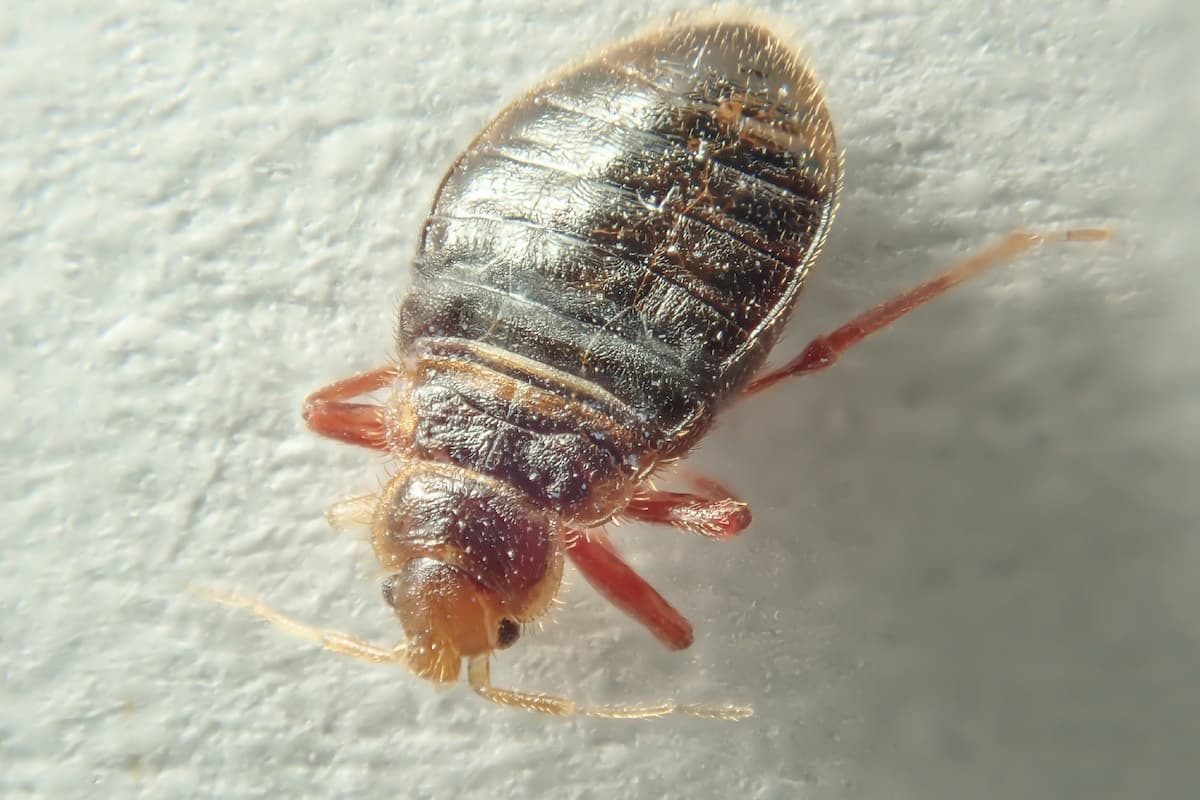Do Bed Bugs Need Oxygen to Survive?
If you have a bed bug infestation, you may be wondering if you can just smother the problem away.
Yes, bed bugs do need oxygen to survive. However, they need little oxygen, and they can live for up to eight hours in environments with extremely low oxygen levels. So, if the bag you place them in has any oxygen at all, they could survive for some time.
Do Bed Bugs Need Oxygen to Live?

Yes, like most animals, bed bugs need oxygen to live.
Without oxygen, their cells begin to die, which eventually leads to complete death.
However, bed bugs don’t breathe like you and me.
Instead of lungs, a bed bug has holes on its abdomen that allow oxygen to flow through tubes to reach the rest of its body.
How Long Can Bed Bugs Survive Without Oxygen?
Without any oxygen at all, bed bugs will only live for a few minutes, just like other animals.
But, the problem is that you won’t be able to kill them this fast.
Bed bugs are small, so their bodies require tiny amounts of oxygen at a time to function.
And you won’t be able to get them into a place where they won’t have any oxygen at all.
Even vacuum-sealed bags don’t quickly kill bed bugs because these insects can survive for up to a week on the small amount of oxygen trapped around the clothes in the bag.
Alternatively, if you decide just to put them in a regular plastic bag and squeeze the air out, they’ll probably die of hunger before they suffocate.
And bed bugs can live up to four months without a host.
So, as you can see, suffocating bed bugs takes quite a while.
How to Kill Bed Bugs Faster in a Plastic Bag

If you have caught bed bugs in a plastic bag, there are ways to speed up their suffocation and starvation.
For one, you can try heat.
Bed bugs live longer in colder temperatures because when it’s chilly, their bodies slow down to conserve energy.
But, if the environment is hot, they will be more active and die quicker without the proper food and oxygen.
Additionally, a lack of humidity will kill the bed bugs faster.
Bed bugs require humidity from the blood they drink or the air around them to survive.
Otherwise, they dry out and expire.
Thus, if you are trying to kill bed bugs in a plastic bag, you should put it in a warm and dry place.
Can Bed Bugs Eat Through Plastic?
If you are trying to suffocate or starve out captured bed bugs, you need to know if they will even stay in the bag or container where you trapped them.
And luckily, the answer is yes.
Bed bugs do not have teeth, meaning they can’t eat through plastic or any other material.
Instead of teeth, they have a tube-shaped beak, similar to a mosquito, and they can’t use this to chew their way through items.
How to Kill Trapped Bed Bugs Instantly

Some people may prefer to let their captive bed bugs die more naturally by leaving them in a bag.
However, if you have trapped some bed bugs, the best thing to do is to go ahead and kill them quickly.
And there are a few ways you can go about doing this.
1) The Washer and Dryer
If you have put bed bug-infested fabric in a plastic bag, the best way to kill off the insects is to place the materials in the washer and dryer on the highest heat setting.
The high temperatures that washers and dryers can reach will kill off the bed bugs in 30 minutes or less.
But, just be careful not to let any bed bugs escape into your laundry room or the laundromat when tossing the infested clothes into the machines.
Read More > How Long Does It Take to Kill Bed Bugs in the Dryer?
2) Heat
Bed bugs can not handle heat higher than 118°F (48°C) for more than 20 minutes.
Meanwhile, bed bug eggs die when exposed to this temperature for 90 minutes.
So, if you want to kill your trapped bed bugs, you can expose them to these temperatures.
However, be careful when using heat to kill bed bugs.
Make sure that anything in the bag and the bag itself can handle temperatures that high.
Also, never use a direct flame to kill bed bugs, as you can easily set a fire that could get out of control.
3) Cold
Just as heat can kill bed bugs, so can cold.
Yet, the cold takes longer to eradicate bed bugs.
In general, you need to expose bed bugs to temperatures below 0°F (-18°C) for four days to kill them.
You can accomplish this by putting the bag of insects in your freezer.
Since your freezer is probably already set to 0°F, you can just throw the bag in there for a few days to kill the bugs.
4) Pyrethrin and Pyrethroid
Pyrethrins and pyrethroids are chemicals that can kill bed bugs very quickly.
So, if you have insecticides with these chemicals, you can spray them in the bag.
But, you need to remember that pyrethrins and pyrethroids are dangerous, meaning you need to take precautions.
Although pyrethrins and pyrethroids aren’t that toxic to humans, they can cause adverse side effects if you get them on your skin, eyes, or mouth.
You also shouldn’t breathe in or ingest these chemicals.
5) Squish Them
Squishing bed bugs is the most effective yet grossest choice to kill your trapped bed bugs instantly.
You can easily squish a bed bug, and it will feel like smashing a pea.
However, keep in mind that smushed bed bugs will ooze blood, both their own and their host’s.
And blood is notoriously difficult to get out of fabrics.
So, if you have any fabrics in the bag with the insects, they may get ruined.
Do Bed Bugs Need Water to Survive?
Not really.
Bed bugs do not drink straight water, so they don’t technically need a water source to survive.
Yet, bed bugs do need a certain amount of moisture in their bodies, and they get it through blood.
How Long Can Bed Bugs Survive Without Water?
Bed bugs can survive for several months without getting any water from a host’s blood.
They can usually make it about four months on average.
But, bed bugs live longer without blood in cold and humid environments.
Thus, in the US, they can survive the longest without feeding and therefore without water in places like Alaska, Minnesota, and Michigan.
How Long Do Bed Bugs Live?

Overall, bed bugs typically only live for about four to six months.
So, as you can see, they can survive for most of their lives without ever feeding on anyone.
Can Bed Bugs Survive Outside?
Generally, a bed bug can survive outside as long as it is not too hot, cold, or dry.
They would also need a host if they are going to live longer than a few months, but they can feed on any warm-blooded animal, not just humans.
So, they could technically live outside.
However, bed bugs much prefer to live indoors and will do anything they can to get in a house and feed on the people living there.
Thus, if you were thinking about just throwing captured bed bugs outside, you likely won’t do anything to take care of your problem.
Conclusion
Basically, in conclusion, bed bugs do need oxygen to survive.
But, they require very little of it, meaning that it will take a long time to suffocate them, even in a vacuum-sealed bag.
Table of Contents
